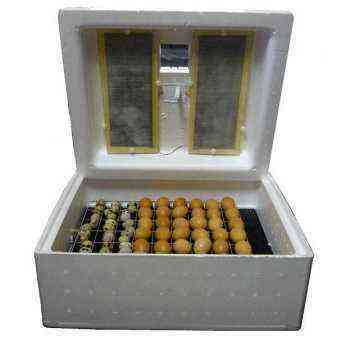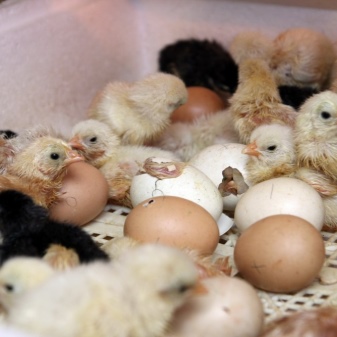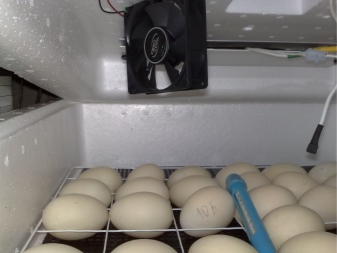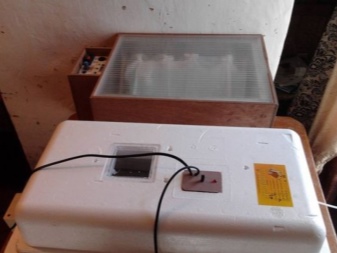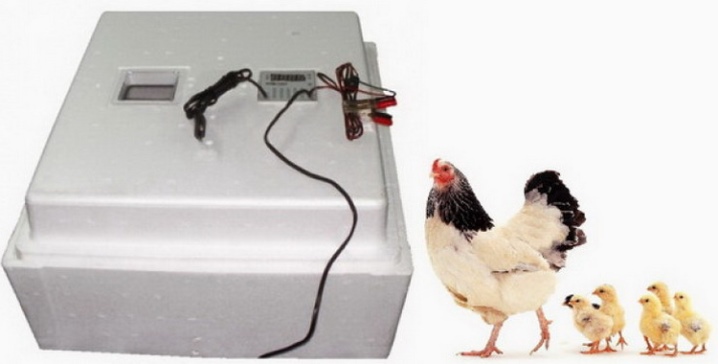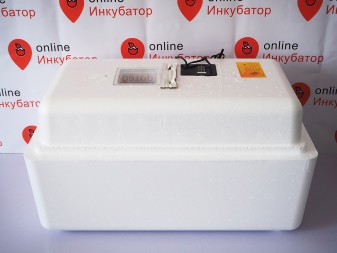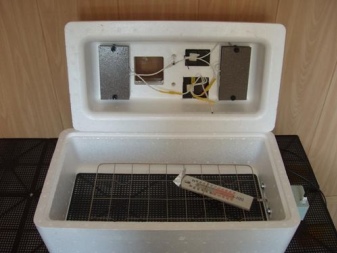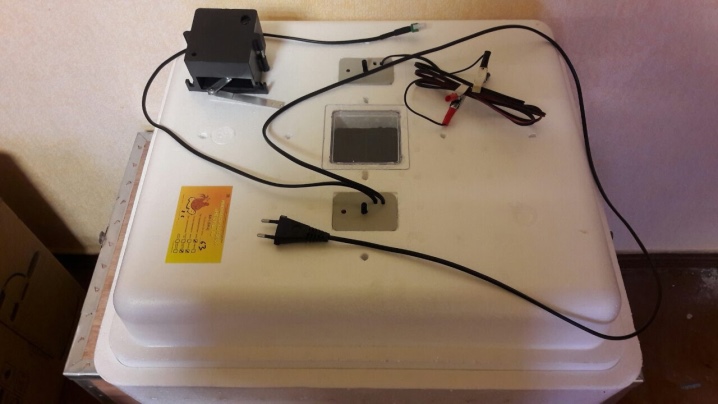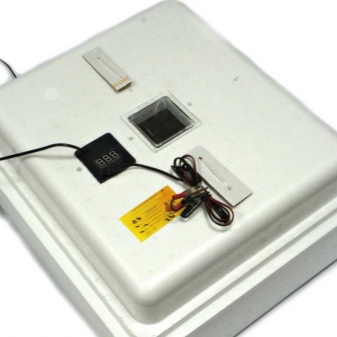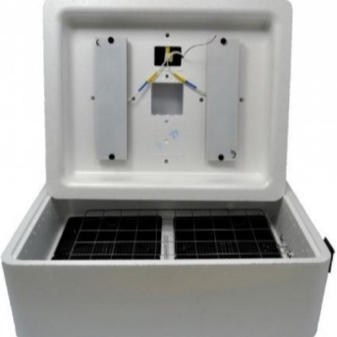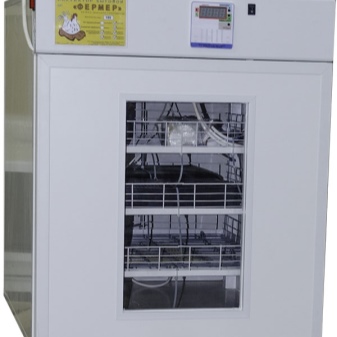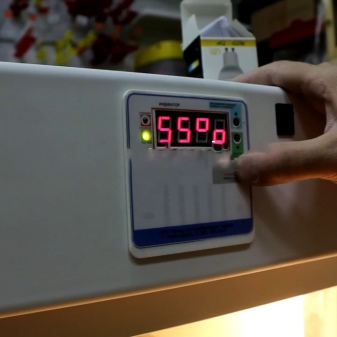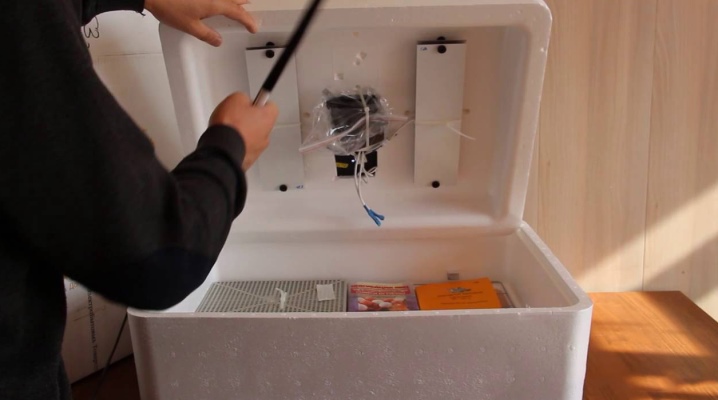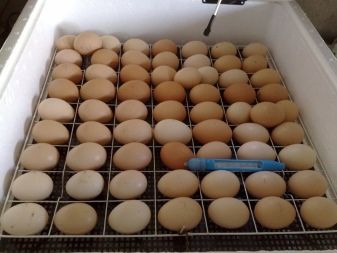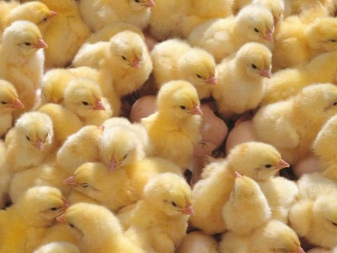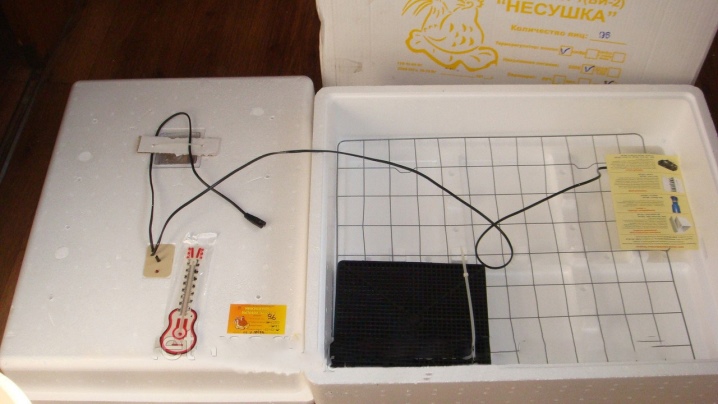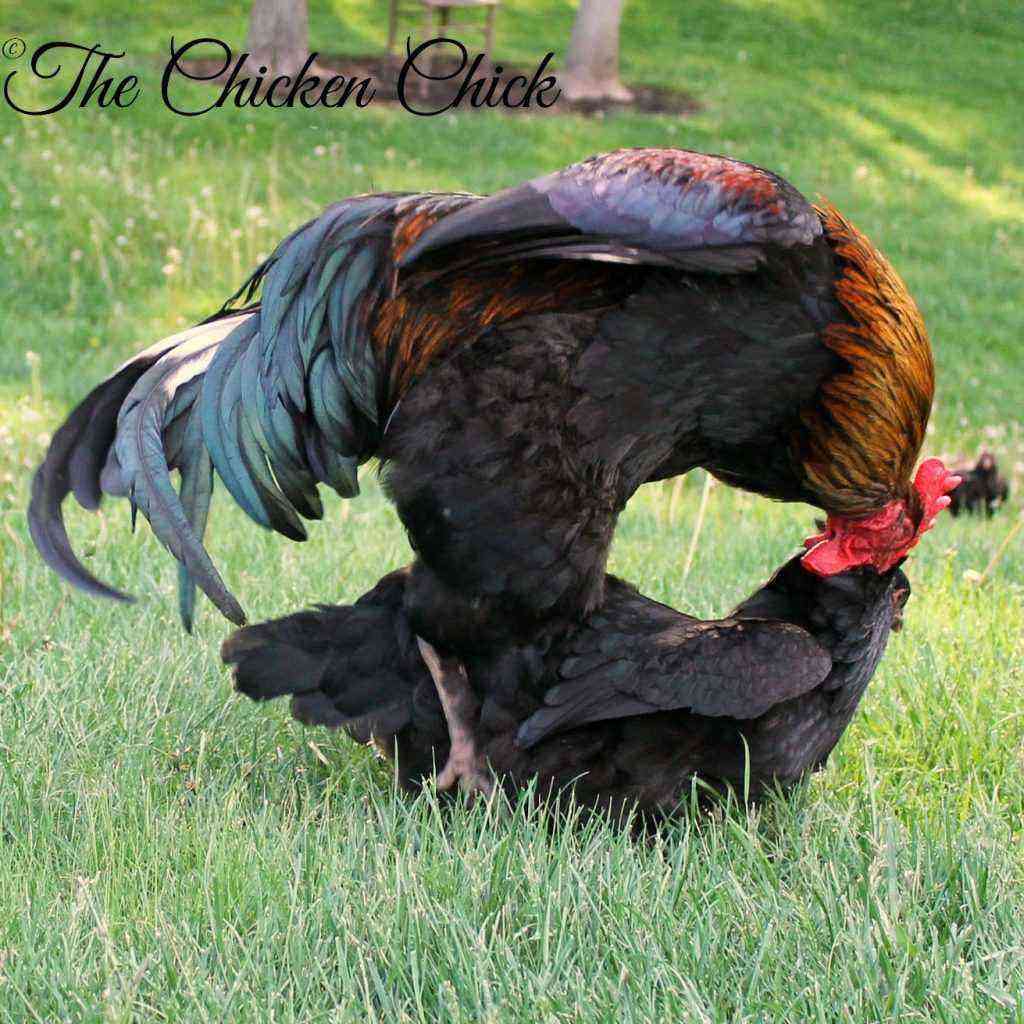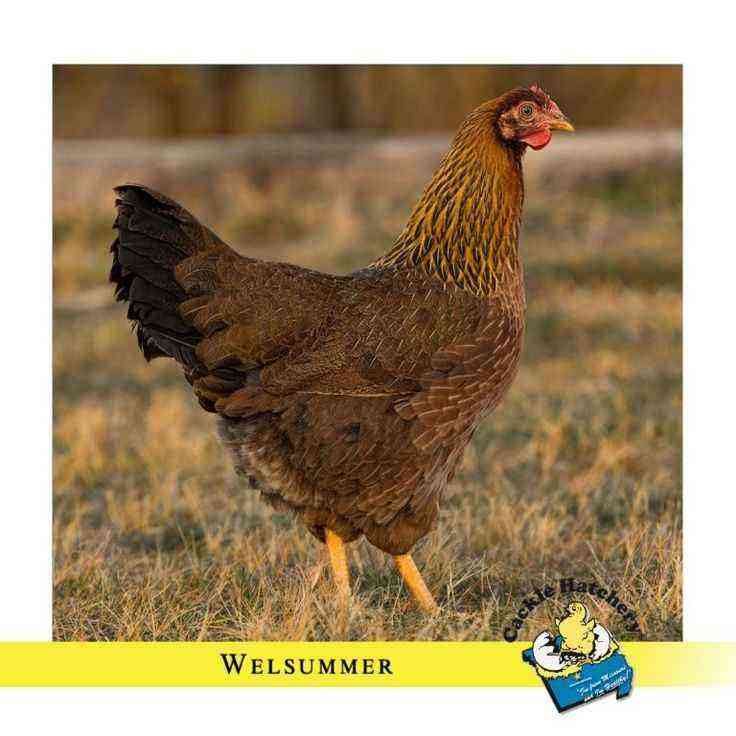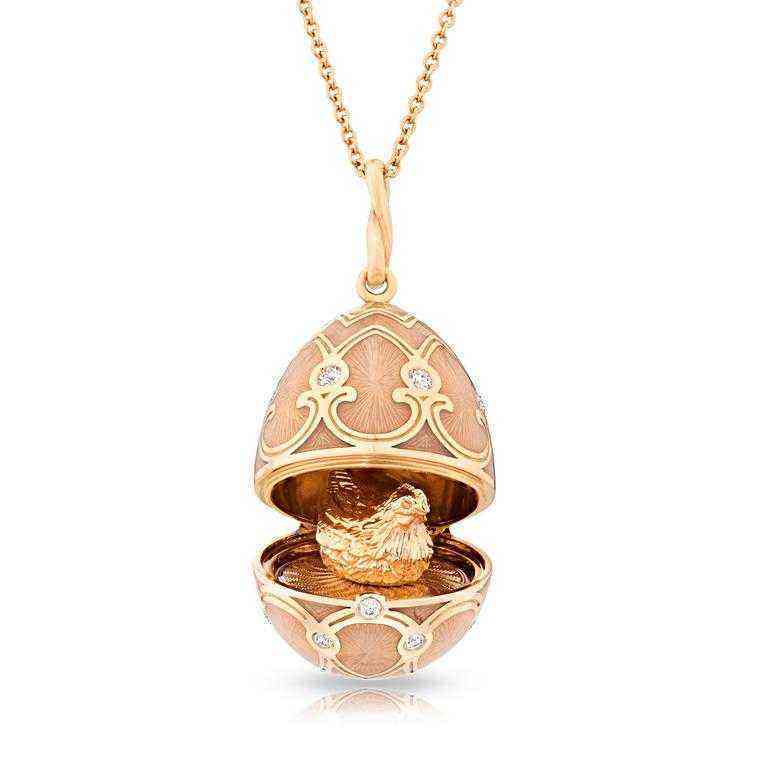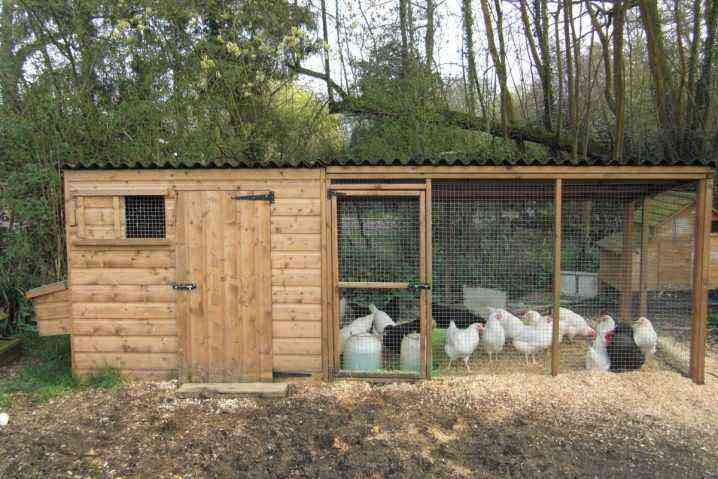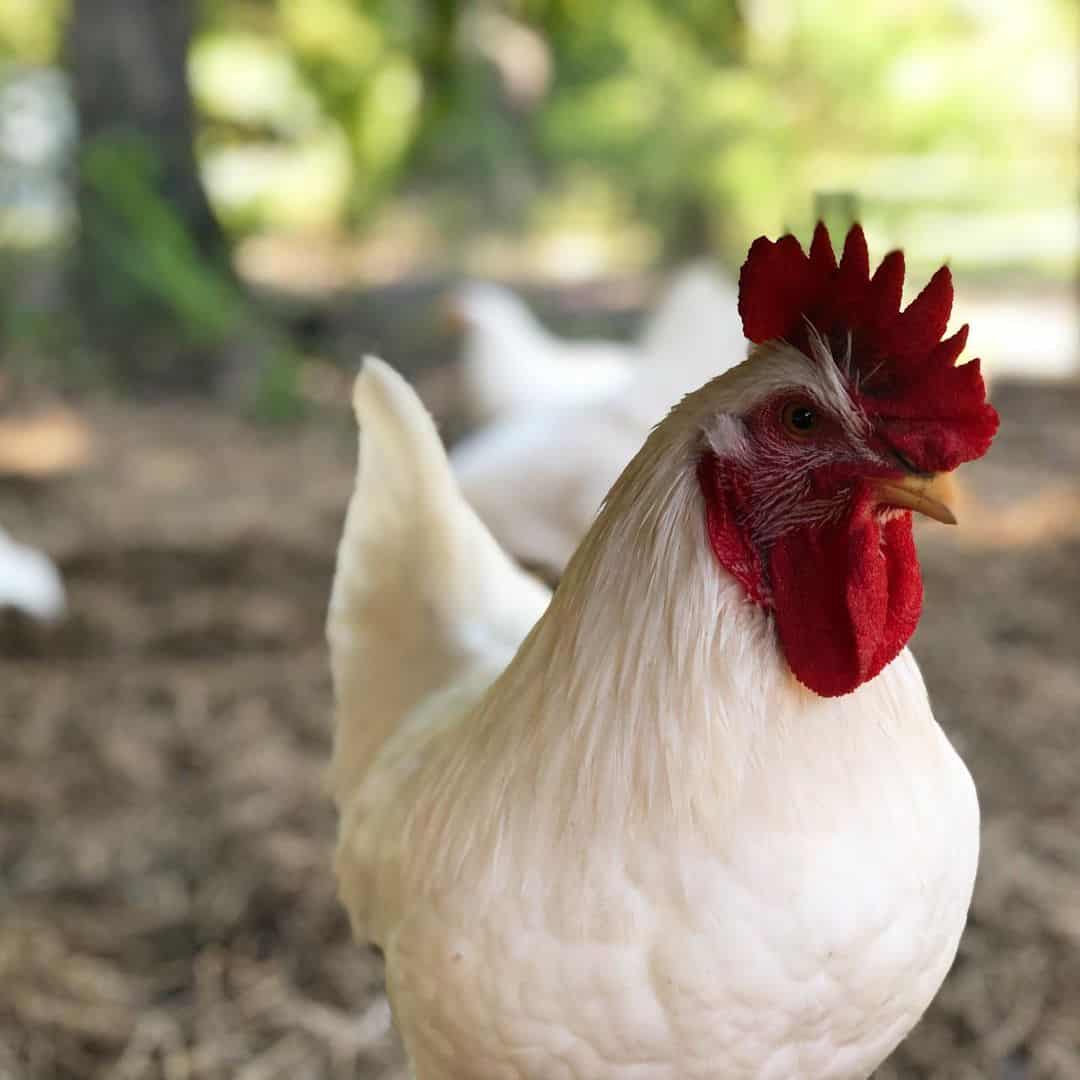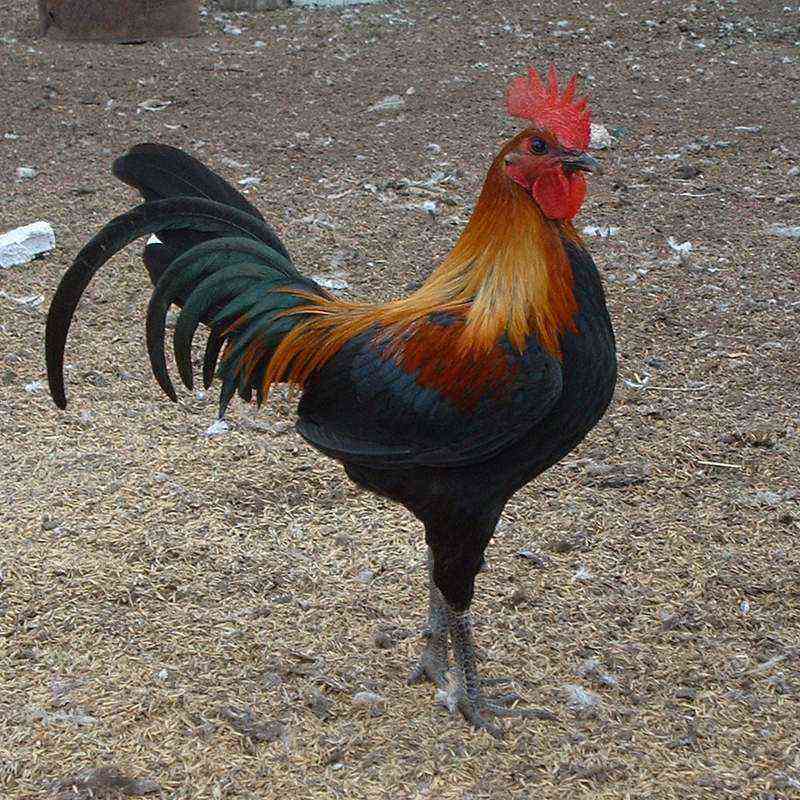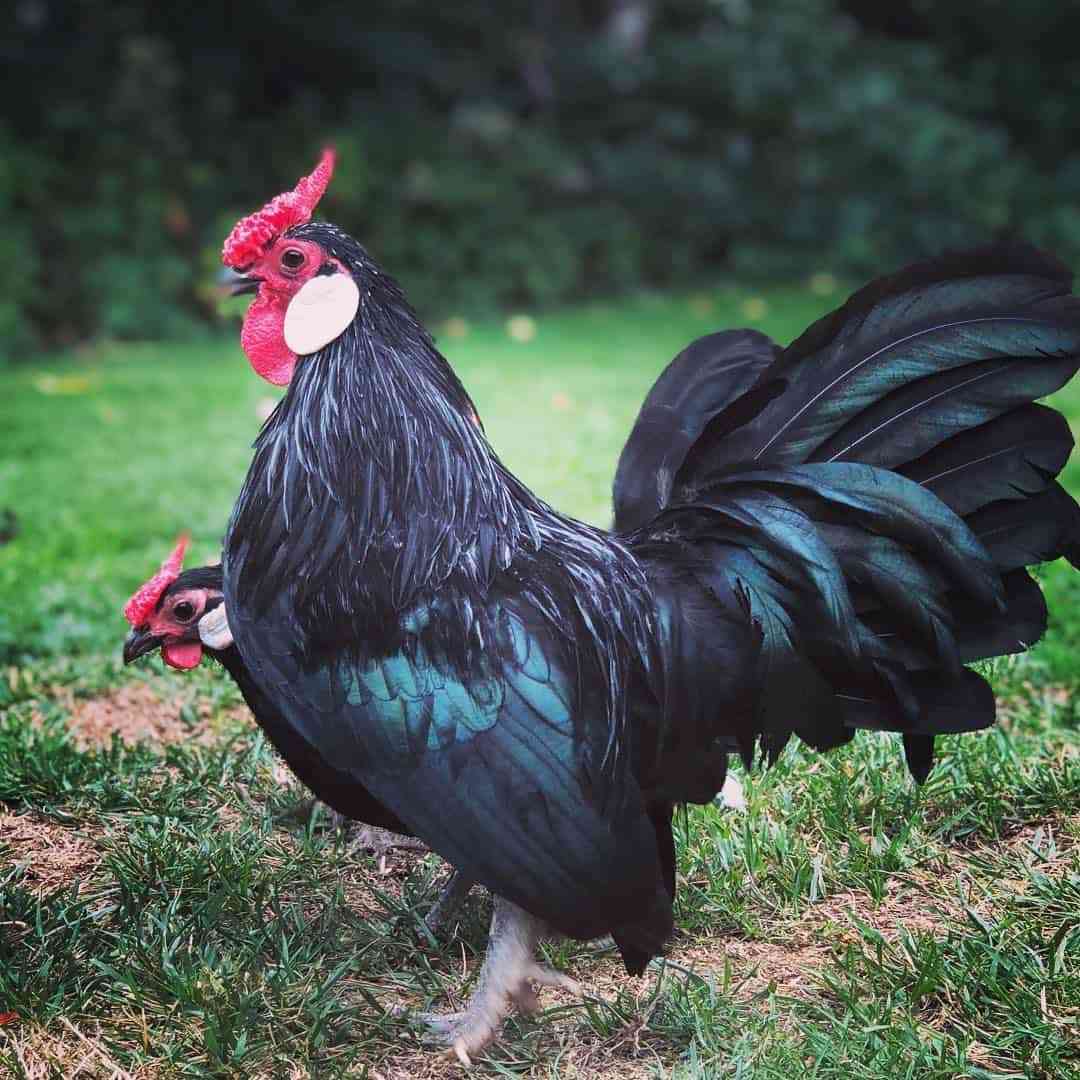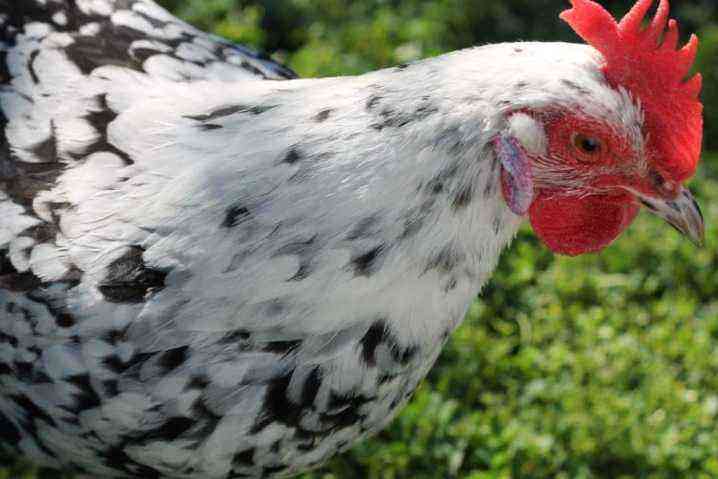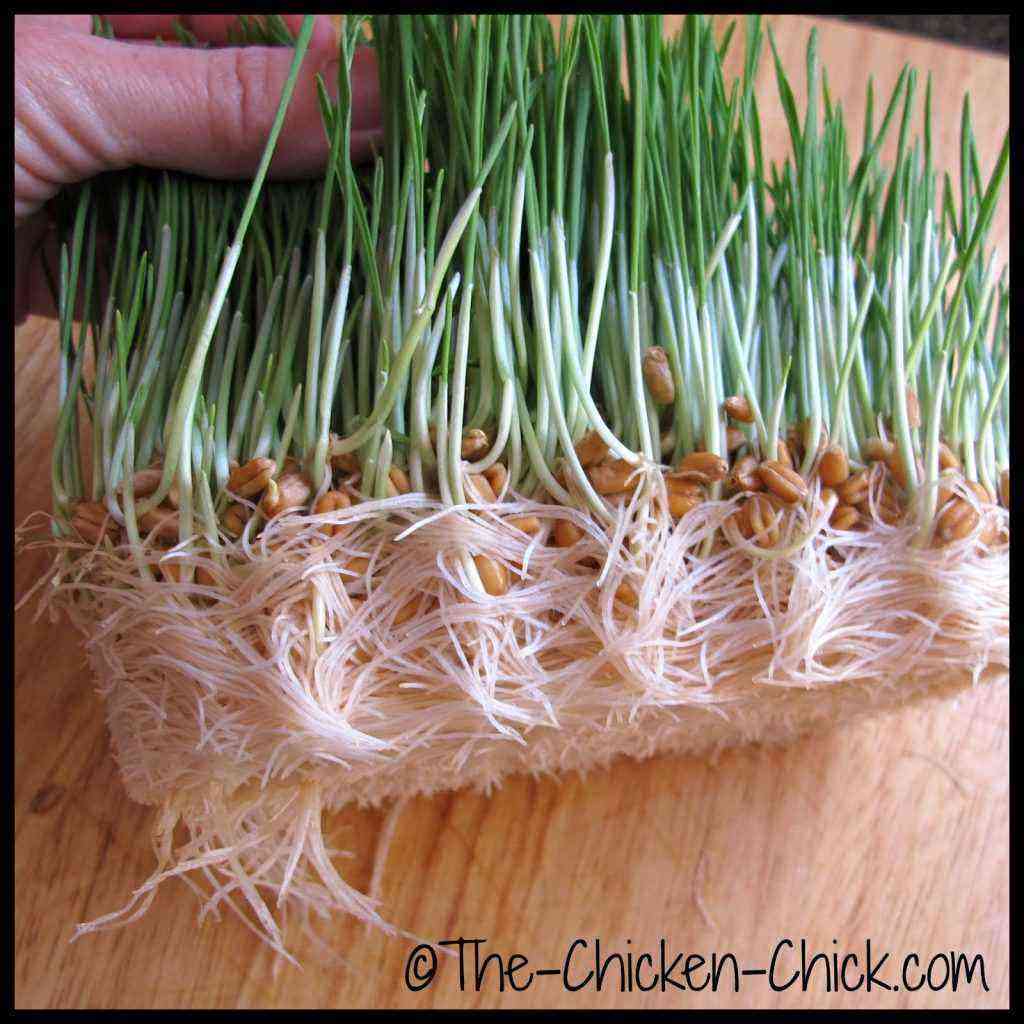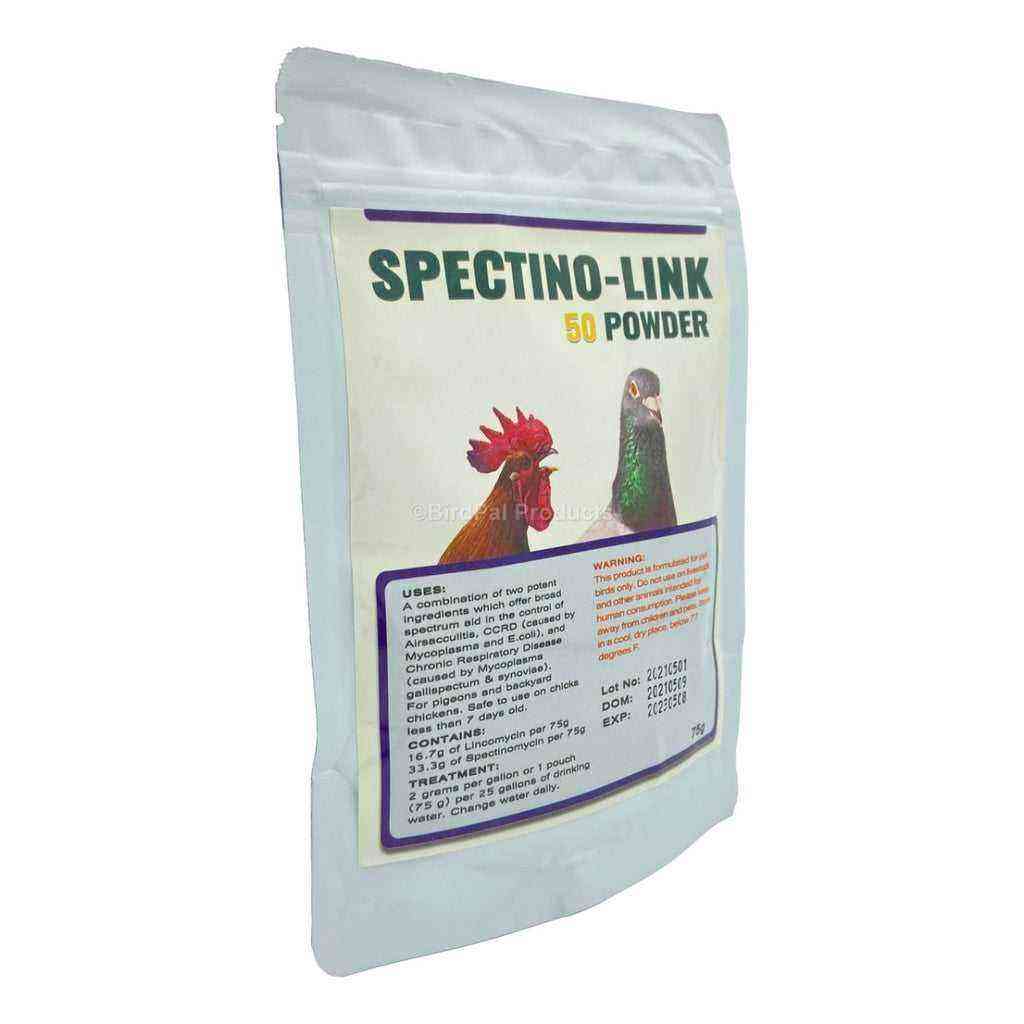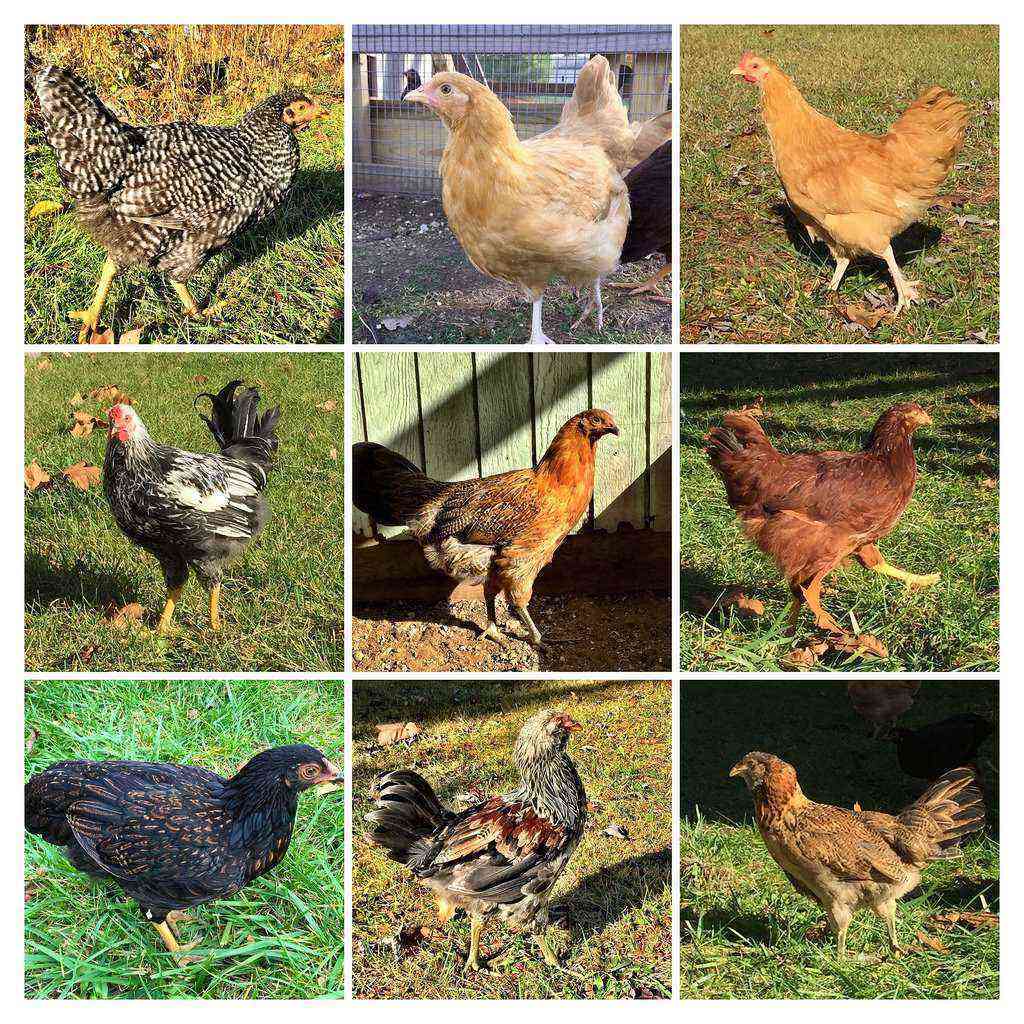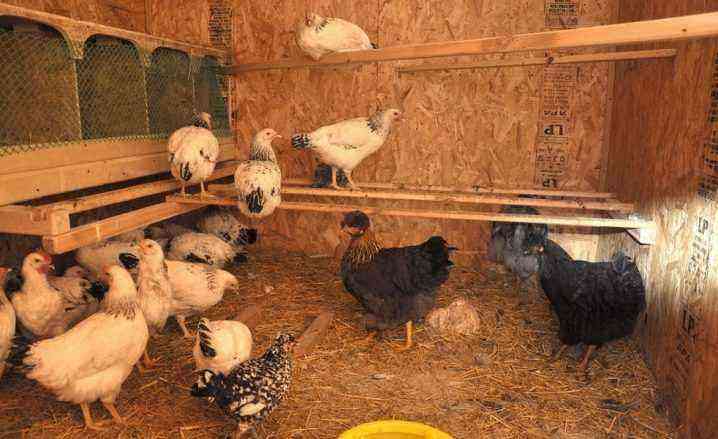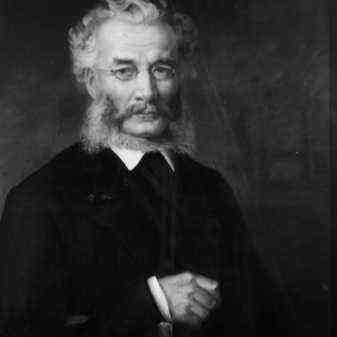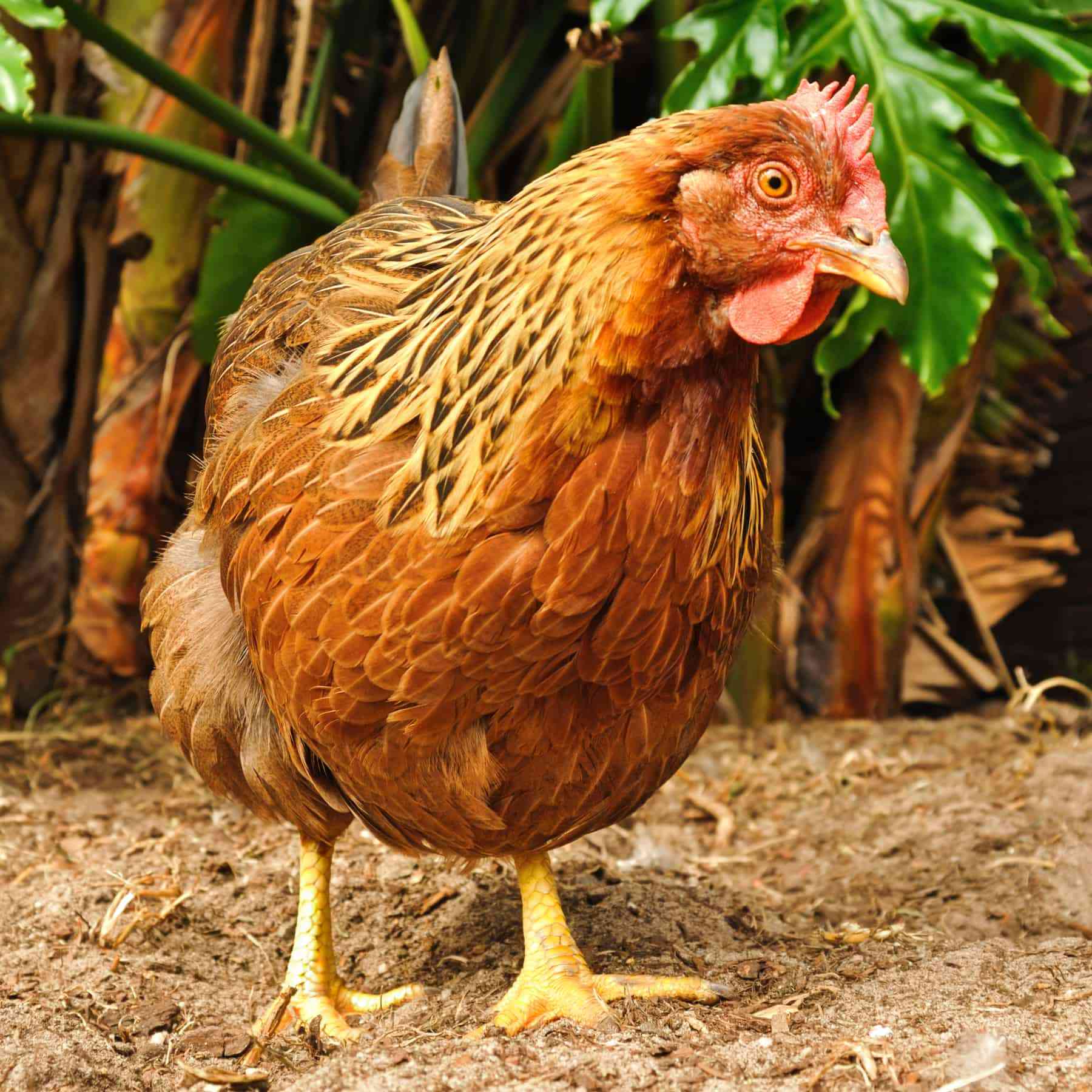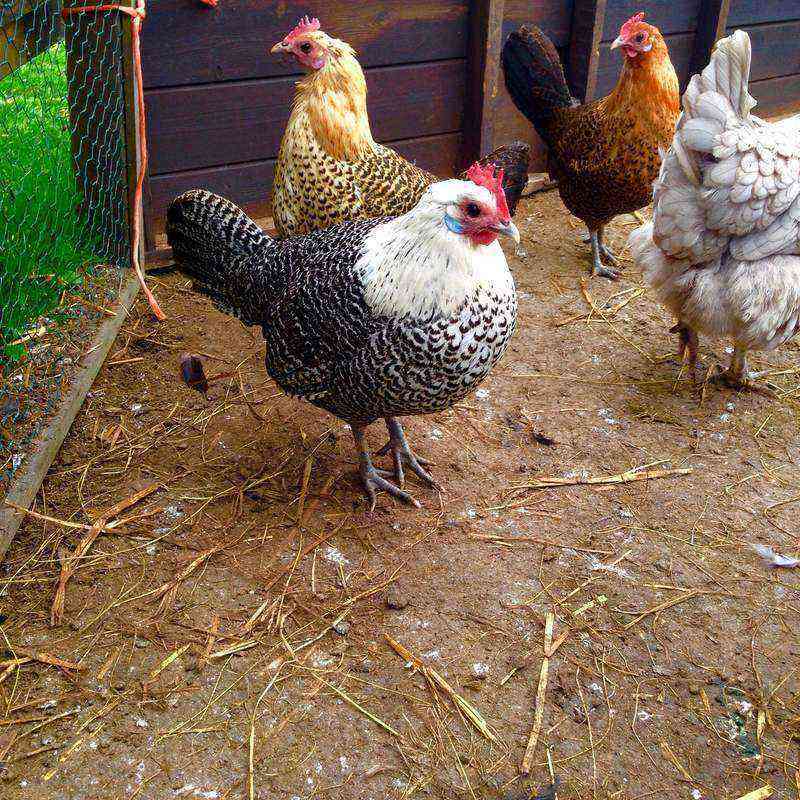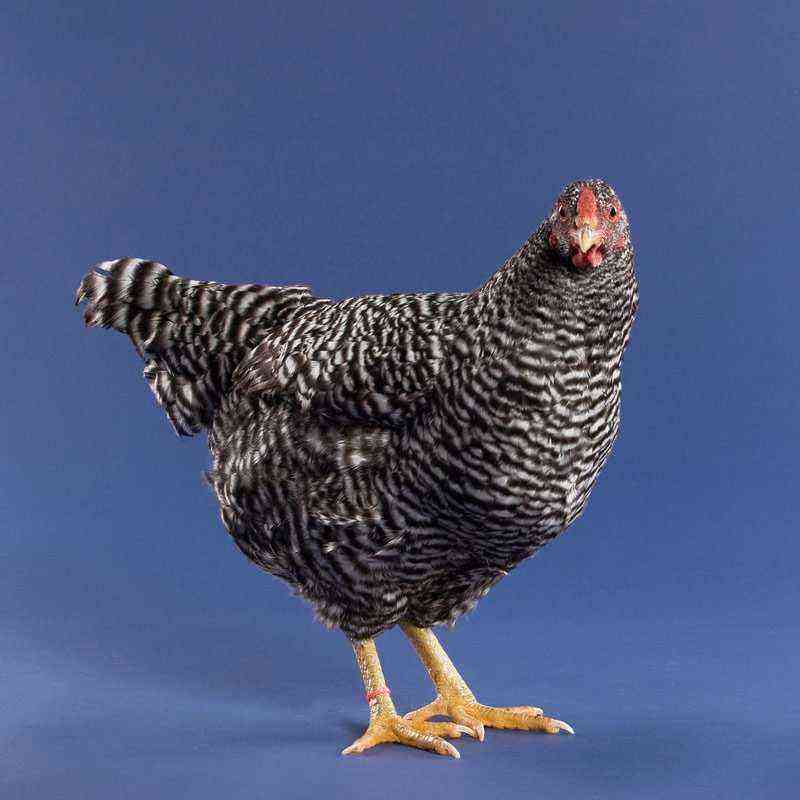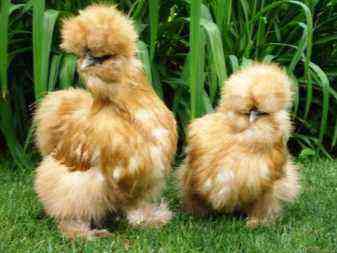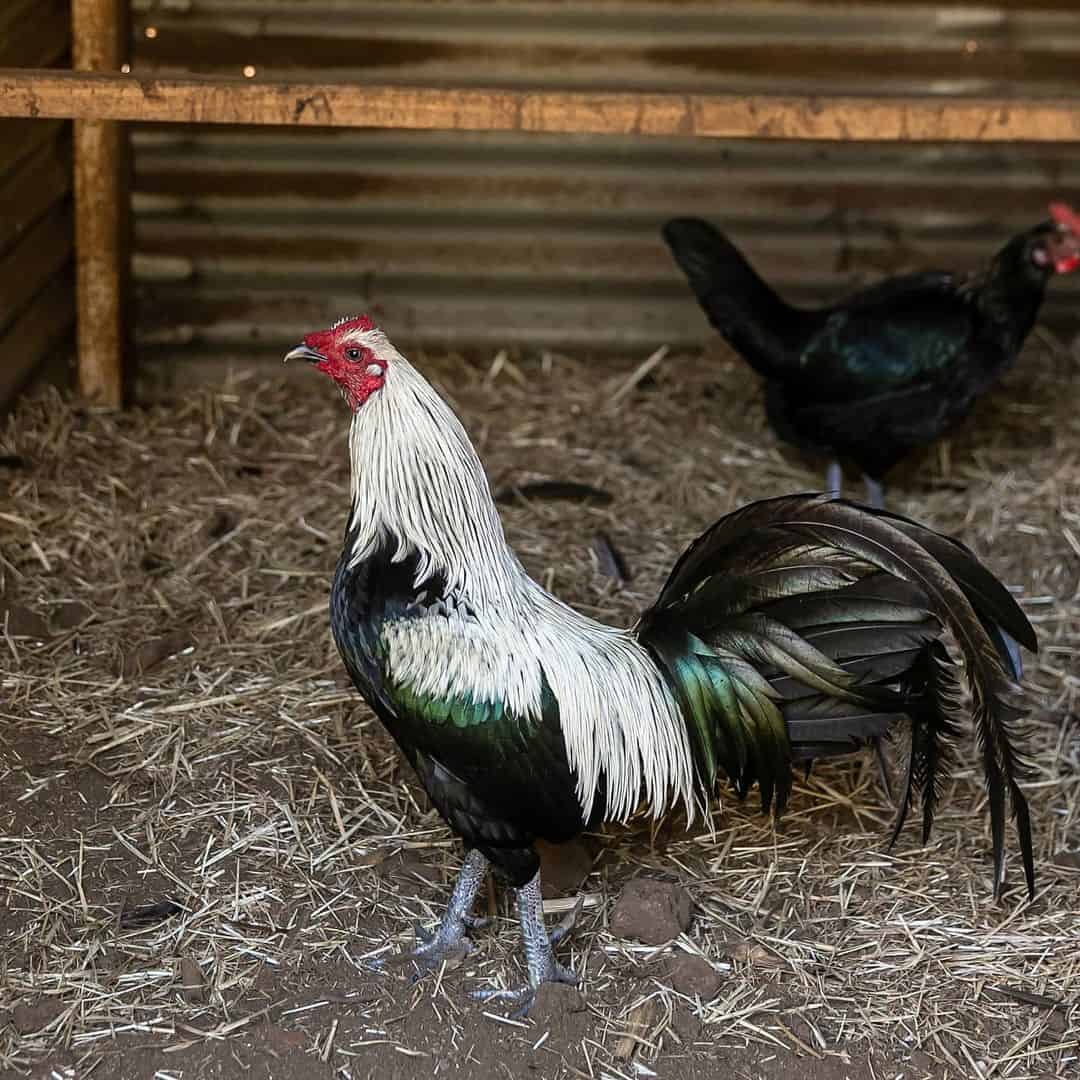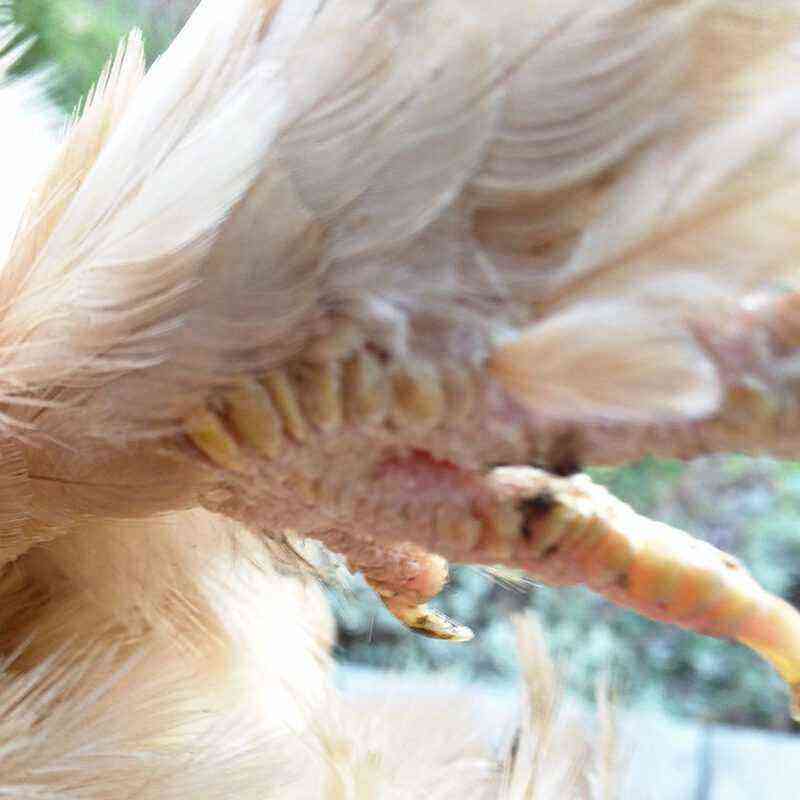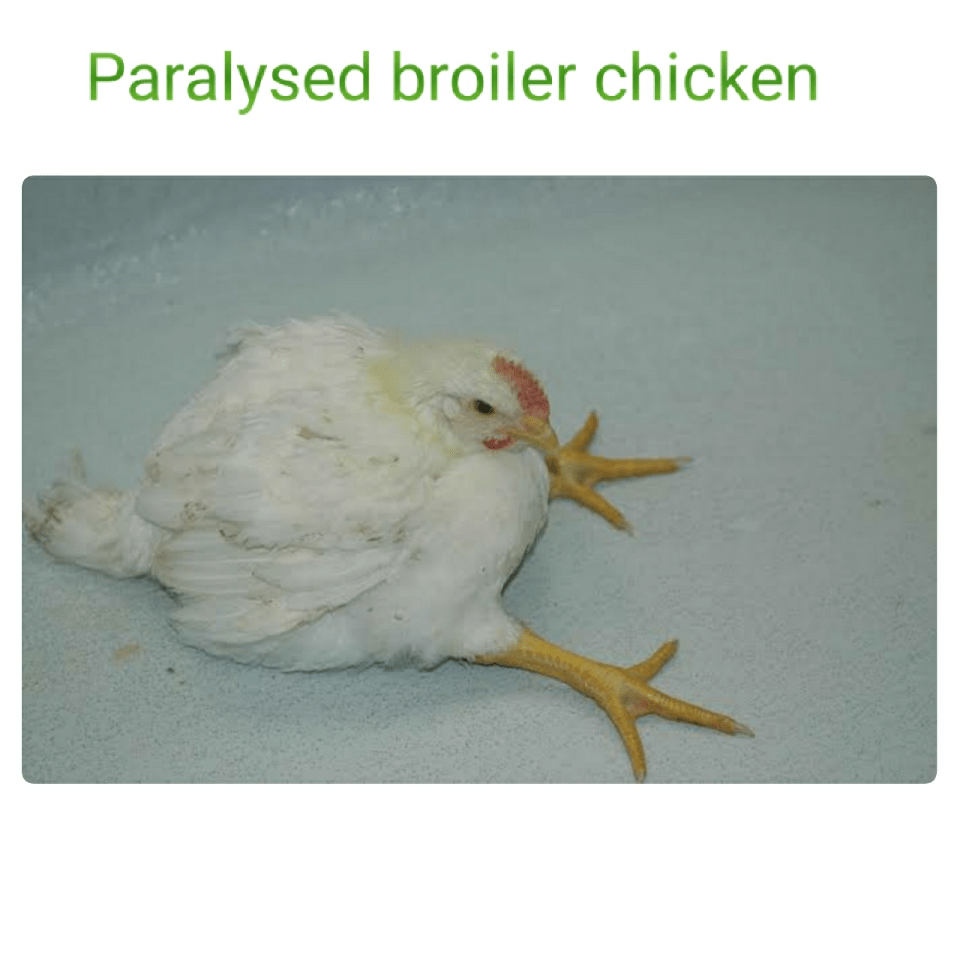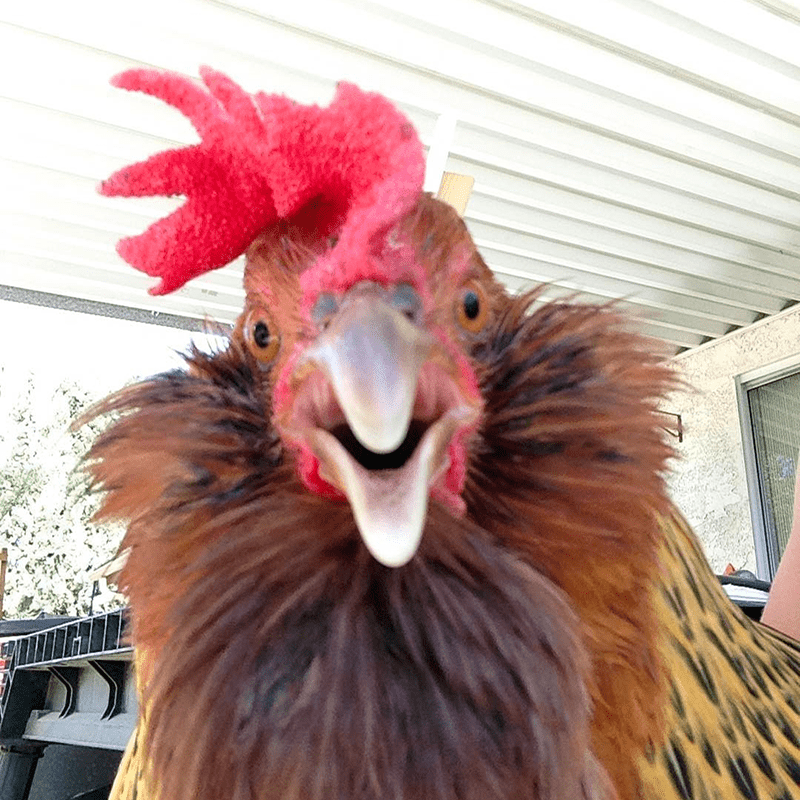Poultry farming at home is not an easy task, quite costly and time-consuming. Getting young is worth something. To resolve this issue, reduce the cost of incubation of eggs, save time will allow such a device as the device for artificial hatching of young animals “Laying hen” – this is a Russian-made product. A small installation will be most welcome in individual farms, especially since it is suitable not only for chicken, but also for duck, turkey, goose and quail eggs.
Features
The manufacturer offers several varieties of Laying incubators. They are easy to operate and work according to a single scheme. In appearance, all modifications are identical. The devices differ from each other in capacity: BI-1 is designed for 36 and 63 eggs, BI-2 – for 77 and 104 eggs. Incubators “Laying hen” are used to breed chicks of the following birds:
- geese;
- chickens;
- ducks;
- quail;
- pigeons;
- parrots;
- turkeys;
- peacocks.
In addition to capacity, incubators have differences in egg turning systems. They can be of the following types:
- hand held;
- mechanical;
- automatic.
The cyclicity of the turn is no more than eight times during the day, but it depends on the type of eggs and the incubation period. The body of the device is made of strong foam, which makes it possible to reduce the weight of the unit and increase thermal insulation. There is a specialized viewing window in the door, and at the bottom there is a tank with cells for water, a heat exchanger and a temperature sensor. For incubators, the following types of temperature controllers are produced:
- digital – for automatic modifications;
- analog – for manual.
Important! In addition, there may be an analog temperature setting with the option of connecting it to the battery in the absence of electrical power.
The inaccuracy of measurement from the required level of thermal energy depends on the modification, but in total it is from 0,1 to 0,9°C. The digital temperature controller of the device for the artificial hatching of young animals automatically provides the set temperature parameters. Its existence greatly simplifies the course of incubation, since it does not require stable human control. It is equipped with an electronic panel and buttons to regulate the temperature. There is no automatic ventilation system in the devices, and for the influx of cool air, it is advisable to open the lid for a few minutes every day.
In the absence of electrical energy, the incubator is able to function from the battery for almost 24 hours. However, one should not rely only on the battery: if there is no electrical energy, it is necessary to insulate the body of the unit, place it in the warmest place. The battery auxiliary power supply is not included as standard. You can make it yourself or buy it in the store. In the absence of electrical energy, the tray is turned over, including in automatic modifications, by hand.
Advantages and disadvantages
The advantages include low cost and small size. Thus, the BI-1 brand with automatic egg flipping and a digital device for displaying information weighs 3,3 kilograms and has dimensions of 67x34x31 centimeters. The standard package includes two additional grids for goose and quail eggs. Another plus is the presence of a viewing window, which eliminates the need to remove the cover every time.
The device has the following shortcomings reported by the owners:
- fragility;
- unreliability of the egg turning mechanism;
- the need to insulate the incubator during the absence of electrical energy;
- due to the lack of a fan, uniform heating and ventilation of the incubation material is not guaranteed.
Types
As mentioned above, one of the main positive qualities of the Laying incubator is the ability to acquire the proper volume for hatching chickens. For small farms, small-sized modifications with a small list of possibilities will fit, and for reputable poultry farmers, devices with increased capacity and fully automated are produced.
Below is an analysis of all currently relevant modifications of the incubator.
BI-1 with a capacity of 36 eggs
This is the smallest incubator in terms of volume, which is ideal for individual farms. It is produced in the following versions:
- with manual temperature controller and fully automatic overturn;
- identical configuration with a spare power supply;
- with digital temperature controller, automatic flip and rechargeable battery.
Flexible picking makes it possible to use the device for both beginners and experienced poultry farmers. It is possible to use a manual flipping method, which makes it possible to lay up to 50 eggs.
BI-1 with a capacity of 63 eggs
This is an average modification, suggesting the possibility of laying 63 chicken eggs, which is acceptable for domestic use. When auto-rotate is turned off, the capacity increases to 90 pieces. This variant is implemented in an extended configuration. The temperature controller can be digital or analog.
Some incubation specimens have a battery backup function.
BI-2 M with a capacity of 77 eggs
This modification is designed for laying 77 medium-sized chicken eggs, which is very suitable for breeding meat breed chickens (broilers). The auto-rotate option is provided at the request of the consumer. When it is turned off, the capacity increases to 100 eggs.
Depending on the model, a digital or manual temperature control mode is implied, the possibility of using a rechargeable battery.
BI-2 with a capacity of 104 eggs
This is the largest capacity for the “Laying hen” apparatus for the artificial hatching of young animals. It is made in several versions, but all have an auto-rotate option, which makes it easier to observe the bookmark. When it is turned off, the capacity increases to 140 pieces. Based on the configuration, digital or analog control is implied. All automatic modifications are implemented only with a redundant power supply.
The manufacturer provides such an extensive selection of instrumentation that, if necessary, you can buy spare parts such as additional grilles, a second battery and a hygroscope (a device for determining air humidity).
New for 189 eggs
This modernized device makes it possible to hatch 189 chickens in one incubation process. This modification is gaining great demand due to the following new qualities and functions:
- the main advantage of this modification is the capacity for 189 eggs and 3 trays for chicken eggs; in addition, they put trays for goose and quail eggs;
- a digitally controlled device with an integrated microcontroller that adjusts the temperature level;
- in the event of a power outage, the unit spontaneously switches to an auxiliary power source and vice versa;
- the interval for turning eggs is set spontaneously;
- inside the device, a backlight and a large viewing window are built-in, which allow you to monitor the incubation process;
- the panel shows the temperature, humidity level, the number of days that have passed;
- built-in permanent water heating.
Installation
First of all, it is necessary to install the device in a horizontal position, which is a fundamental condition of the manufacturer, and also disconnect it from the power supply (remove the battery). The step-by-step procedure for setting the lattice rotation is as follows:
- connect the electrical connector of the rotary mechanism with the temperature controller;
- connect the device to the electrical network;
- within 7-15 seconds, the grate from one wall of the incubator should move to the second;
- if this is not done, it is necessary to connect the electrical connector of the temperature controller with an output to an automatic device for turning over into the mains, wait until the grill moves, and then turn off the power supply;
- in the normal state, the subsequent cycle of the coup should occur after an hour; only after that you can start laying eggs.
Important! All movements of the grid should be soft and unhurried, otherwise there is a danger of damage to the embryos of the chicks.
How to use?
Before starting work, the equipment is removed from the package, integrity and completeness are checked. If everything is fine, they are accepted for assembly. It is necessary to mount a rotary device in the device and connect the control unit correctly, which should not cause difficulties. Among other things, the device comes with an instruction manual, which contains step-by-step diagrams and tips on how to assemble the device for the artificial hatching of young animals.
- Fill tubs with water. The liquid temperature should be approximately +38°C.
- Turn on the device and set the appropriate temperature level. It does not hurt to place another thermometer inside in order to be able to compare the readings and find out the clarity of the operation of the electrothermal relay. After a certain time, the internal area of the incubator will warm up to the required temperature, the temperature controller must turn off the heating elements. At the same time, a click should be heard, and the indicator lamp should go out on the screen.
- Let the device idle for at least three hours. During this period of time, it is necessary to observe the activity of the electrothermal relay (the heating elements must be connected and disconnected from time to time, the temperature on the screen must vary within the allowed limits). If the appliance is equipped with an auto-rotate tray, attention must be paid to connecting and disconnecting the drive.
- If no malfunctions in the operation of the incubator were found during the trial run, you can start laying eggs for incubation. When there are not too many eggs, they must be folded sideways. If BI-1 is used without a rotary device, it is highly recommended to put a mark on one side of each egg with a pencil (for example, plus) – this way you can control which specific eggs are already turned over and which are not. In BI-2 incubators with an electric drive, for the greatest capacity, eggs should be installed in a vertical position, with the blunt side up. As soon as the eggs are placed on the tray, close the lid well and start the incubator. If everything is correctly done and corrected, set and configured, in the near future the temperature in the chamber of the device will return to normal, from this moment we can assume that the incubation procedure has begun. As a rule, it will take 19-21 days to hatch the chicks.
Before you start laying eggs, you need to thoroughly test the electronics for proper functioning.
It is necessary to take eggs from a healthy bird over the age of 1,5 years. The egg should be of medium size, regular shape, without cracks and growths on the shell. It should be noted that the storage time of eggs directly affects the percentage of hatchlings.
Eggs that will be subsequently placed in the incubator should be stored for no more than ten days at a temperature not lower than + 10 ° C, otherwise all incubation properties are reduced.
For information on how to use the Laying incubator, see the following video.
Owner feedback
Users who have tested the incubator “Laying hen” BI-1 in their own household, note the following positive factors:
- low weight and portability, the device weighs a total of 3 kilograms, which makes it possible to move it in any way;
- the incubator takes up little space, which makes it possible to localize it in any suitable place;
- accurate automatic flip, which takes place after 4 hours;
- the ability to perform work thanks to the battery during a power outage;
- one of the most pleasant factors is the affordable price.
Among the negative qualities, only some users pointed to not particularly uniform heating and inconvenience when treating the walls with potassium permanganate after the hatching of the chicks was completed. No other shortcomings are noted.
Users also positively evaluate the incubator “Laying hen” Bi-2. In particular, I like its multifunctionality in its operation, when you can mount a certain type of lattice for breeding chickens of various poultry, whether it be quails or geese. Owners notice reliability, accuracy of indications and long service life.
